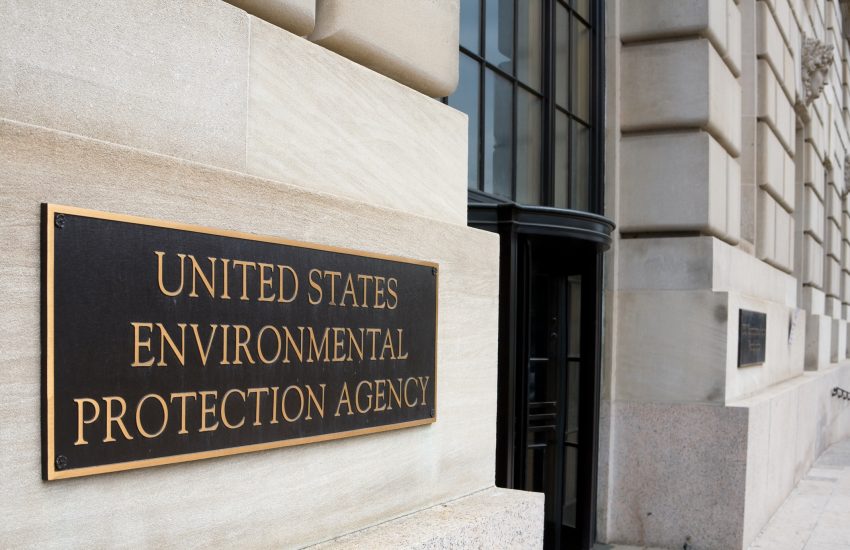Nearly ten months after settling over 870 Illinois-based Cook County ethylene oxide (EtO) exposure claims for $408 million (covered by ELM here), at the beginning of the final quarter of 2023, Sterigenics, one of the world’s largest commercial sterilizers, along with its parent company Sotera, agreed to settle 79 lawsuits relating to EtO emissions from the Sterigenics sterilizing plant in Cobb County, Georgia, for an estimated $35 million, submitting its settlement proposal to the U.S. Securities and Exchange Commission in late October. Just as …
Continue Reading









